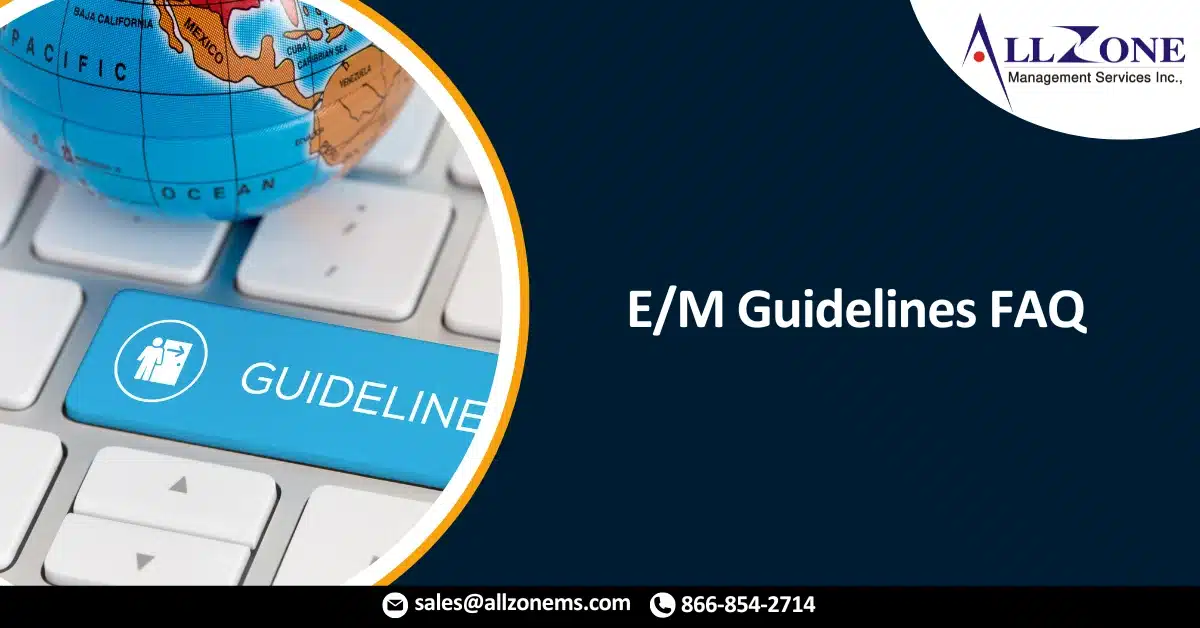AAPC’s senior VP of products answers more of your questions about coding for office and other outpatient services.
Ever since the release of the new 2021 evaluation and management (E/M) guidelines for office and other outpatient services, AAPC has been conducting numerous trainings through webinars, virtual workshops, conference sessions, online courses, and multiple articles in Healthcare Business Monthly and the Knowledge Center blog. In the May issue we started to answer your most-asked questions about how the E/M guideline changes affect documentation and coding. In this article, we answer 10 more questions.
Your Questions Answered
- The medical decision-making (MDM) table was not changed for emergency medicine, correct?
That is correct. The changes are only for office visits (99202-99215).
- Is the overall MDM calculation the same as before (i.e., two of the three elements must meet or exceed a level)?
Yes. Two of the three elements of MDM must be met to support the E/M code.
- To determine the level, you need two elements from MDM. Can these be from the same column, or do they have to be from different columns? For example, if the provider does prescription drug management and a decision is made to perform elective major surgery, is this enough to justify a level four?
The requirement of two out of three elements means you need at least one element from at least two of the three columns in the MDM table.
- A patient comes in with a new complaint of menopausal symptoms. The physician orders lab work and discusses the risk of starting hormone replacement therapy and also informs the patient they will prescribe medication based on the patient’s lab results. Does this count as prescription drug management for that date of service even though they will be waiting on labs results before they prescribe medication?
If the provider documents that they will be starting the medication and waiting for the labs to return to decide the correct dose, it would be considered prescription drug management.
- If a patient is seen by an ophthalmologist for an eye exam due to having diabetes mellitus (DM), no other diagnoses are listed, and the DM is followed by the primary care physician (PCP), would we count the DM in the number of diagnoses addressed?
If the underlying condition (i.e., DM) is affecting the eye condition being treated, it would be considered in determining the MDM. Documentation would need to state that the DM is impacting the treatment. Simply stating that DM is present does not meet the requirement.
- If a provider codes 99215 but documentation indicates that the provider did a refill of medication only and nothing else, I audit this as over-coding because the documentation doesn’t indicate medical necessity of coding a Level 5 for this minimal visit. For a psych visit, should I focus more on the documentation or the duration of the visit?
The E/M can be selected based on MDM or time. If neither one supports a 99215, then it is upcoding. For the example you provided, if time was not documented to support 99215, I agree it is upcoding. Based on the time required to complete all the activities associated with the patient visit, you might be able to support it based on time. It will depend on what is documented.
- If a provider orders three X-rays but they are being read by a radiologist, can you count three in the data or not? They will review the report that comes back.
You can count this as three elements of data for the order. You would not consider it as data for the review when the patient returns.
- We use a transcriptionist, so the provider dictates and signs the note the next day after reviewing it for accuracy. Can we still bill based on time since work was done the same day, even though the note is signed the next day?
Yes, you can bill based on the provider’s time on the date of service. You would not include time for the review and signing of the chart the next day.
- If a provider orders a screening mammogram during a sick encounter, can that be counted in the data?
Yes, the order would count as data as long as you are not billing for the mammogram.
- Some of our payers allow the use of E/M codes for telephone calls (with modifier 95). If a follow-up is done for a problem, sometimes with a medication change, but the time is only 5-8 minutes, can that be billed?
You are not required to code based on time. You can consider coding using MDM for this encounter. You can use time or MDM; you do not need to code both.
For More Information: 81795 2021 e m guidelines faq september

